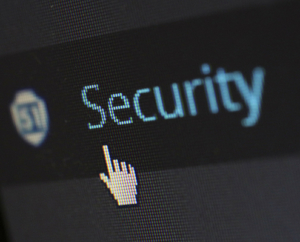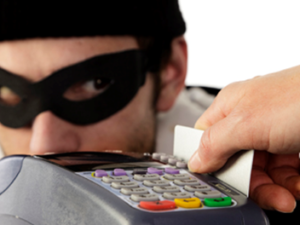Beware of the Social Security Administration Employee Scam
There is a new Social Security scam in the news, and you should definitely know about it. The Acting Inspector General of Social Security, released a statement that warns people of this new scheme. Basically, scammers are impersonating Social Security Administration employees.
 The scam started out fairly small and localized, but now, people from across the country are reporting that they are getting calls from people stating that they are from the Social Security Administration. The caller attempts to get personal information from the person they call including address and banking information.
The scam started out fairly small and localized, but now, people from across the country are reporting that they are getting calls from people stating that they are from the Social Security Administration. The caller attempts to get personal information from the person they call including address and banking information.
Here’s How the Scam Works
Almost all of these calls are coming from a 323 area code, but don’t think for a second they won’t change this up. The caller says that they are an SSA employee, and sometimes tells the victim that they are getting a cost of living adjustment, so their benefits will be higher. Many callers believe this, of course, so when the scammer asks them to verify things such as their name, their birthday, their Social Security number, and even the name of their parents, they gladly do it to get an increase in their benefits. Once the scammer gets the information, they then contact the SSA and change the victim’s account information so that the benefits now go into a different account. Then, they can collect the cash.
Currently, the Social Security administration does contact people by phone in certain cases. However, the person usually knows that they should be expecting a call. It is also possible that an SSA employee might ask a person to verify information. So, none of this really seems unusual to anyone who has dealt with the SSA.
What to Do if You Get a Call
Hang up. Plain and simple. If you get a call from the Social Security Administration, you should report it immediately to 1-800-269-0271. You can also report it online.
It is also very important to be cautious, and you should avoid giving any information, such as your bank account number or Social Security number, to anyone who calls you. To check if it is a legitimate call from the SSA, tell the person calling that you are worried about scams, and ask if you can call them back. A legitimate SSA employee should be perfectly fine with this. Then, look up the number yourself. Don’t call a number that they give, no matter what. Finally, you can also contact the Social Security Administration at 1-800-772-1213 if you have any question about any text, letter, email, or call that you get.
Robert Siciliano personal security and identity theft expert and speaker is the author of Identity Theft Privacy: Security Protection and Fraud Prevention: Your Guide to Protecting Yourself from Identity Theft and Computer Fraud. See him knock’em dead in this Security Awareness Training video.

 The study also showed a shift in how ID theft fraud was being done. Credit card accounts were the most common targets for new account fraud, we also see that there is a big uptick in other accounts being targeted, including PayPal accounts and e-commerce merchant accounts. We can also see that more than 30% of consumers in the US were notified that their information was part of a data breach, which is 12% higher than the year before. Social Security numbers also seem to be a favorite of ID thieves, as are credit card numbers. We also see that due to these breaches, consumers are becoming less trusting when it comes to companies and financial institutions that are storing personal data.
The study also showed a shift in how ID theft fraud was being done. Credit card accounts were the most common targets for new account fraud, we also see that there is a big uptick in other accounts being targeted, including PayPal accounts and e-commerce merchant accounts. We can also see that more than 30% of consumers in the US were notified that their information was part of a data breach, which is 12% higher than the year before. Social Security numbers also seem to be a favorite of ID thieves, as are credit card numbers. We also see that due to these breaches, consumers are becoming less trusting when it comes to companies and financial institutions that are storing personal data. The Department of Justice
The Department of Justice  This type of identity theft shows us that our credit system is more vulnerable than we might think. Basically, it is easy to create a credit file on these identities, and once they have that, they can get a credit card or loan.
This type of identity theft shows us that our credit system is more vulnerable than we might think. Basically, it is easy to create a credit file on these identities, and once they have that, they can get a credit card or loan.
























